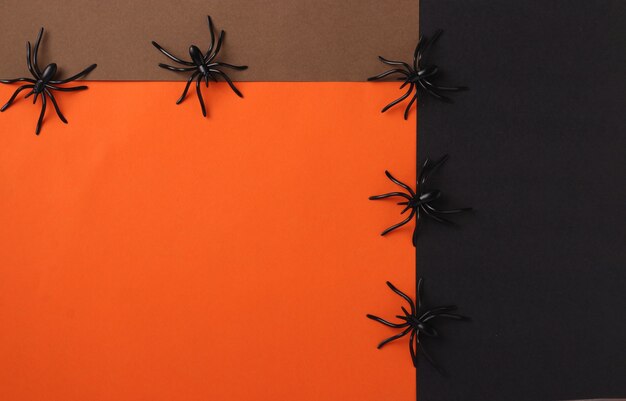10 Fascinating Black Widow Spider Facts

Black widow spiders are found on every continent except Antarctica.
Female black widows are larger and more venomous than males.
Black widows are known for their shiny black color and distinctive red hourglass-shaped markings.
These spiders prefer dark and dry environments, such as garages, cellars, and woodpiles.
The venom of black widow spiders is 15 times more toxic than rattlesnake venom.
Despite their reputation, black widow spiders rarely bite humans unless provoked.
Black widows build messy cobwebs in hidden corners to catch their prey.
Female black widows often eat the male after mating, hence their name.
The lifespan of a black widow spider is typically only one to three years.
Black widows are solitary creatures and prefer to live alone instead of in groups.
Contrary to popular belief, not all widow spiders are black; some can be brown or gray.
The neurotoxic venom of a black widow affects the nervous system of its prey, causing paralysis.
The male black widow spider has distinct markings on its abdomen to help it avoid being mistaken for a female.
Black widow spiders are not aggressive and will only bite humans in self-defense.
Black widows usually feed on insects and other arachnids.
The bite of a black widow spider can be fatal to small animals and the elderly, although human deaths are extremely rare.
The webs of black widows are incredibly strong and resistant to damage.
10 Fascinating Black Widow Spider Facts part 2
Female black widows may produce multiple egg sacs during their lifetime, each containing up to several hundred eggs.
Black widow eggs hatch within two to three weeks, and the spiderlings remain in the egg sac until their first molt.
Black widows have poor eyesight but rely on vibrations to detect prey caught in their webs.
The bite of a black widow can cause muscle pain, cramps, nausea, and difficulty breathing in humans.
Black widows often play a vital role in controlling the population of other insects in their habitats.
In some cases, black widow females have been observed letting their mates live after mating and even cooperate in hunting.
Black widow spiders typically only bite humans when they feel threatened or cornered.
Black widow spiders are not aggressive towards humans and will usually retreat from disturbances.
The diet of a black widow spider mainly consists of insects, but they have been known to consume small reptiles and amphibians as well.
Black widows spin a strong web infused with irregular, sticky silk to catch their prey.
Black widows are rapid runners and can quickly crawl away from danger.
The abdomen of a black widow spider is rounded, shiny, and has a velvety appearance.
Females black widows are usually larger than their male counterparts, measuring about 1.5 inches in length.
Black widows have a unique mating ritual where the male vibrates his web to signal his presence to females.
Female black widows often choose secluded or hidden locations to build their webs and safeguard their offspring.
Some species of black widows, like the northern black widow, have been found to produce stronger venom than others.
Black widows are beneficial to the environment as they help control the population of insects, including mosquitoes.
The distinctive hourglass marking on a black widow’s abdomen is a warning sign to potential predators.
The venom of a black widow spider affects the nervous system by interfering with the transmission of nerve impulses.
Despite their name, not all females black widows kill their mates after mating; it is a common misconception.
Black widows have a unique silk-spinning gland that allows them to produce high-quality webs.
Black widows have long, spindly legs that help them move quickly and navigate their webs.
Black widows are surprisingly good climbers and can scale walls and other vertical surfaces with ease.
The pain from a black widow spider bite may persist for several days or even weeks.
Black widows are most active during the warmer months, but they can survive in colder climates as well.
The venom of a black widow spider affects the neurotransmitters responsible for controlling muscle movements.
Black widows are not typically aggressive towards humans and will only bite when they feel threatened.
Some species of black widows, like the red-back spider found in Australia, have similar characteristics and venom to the black widow.